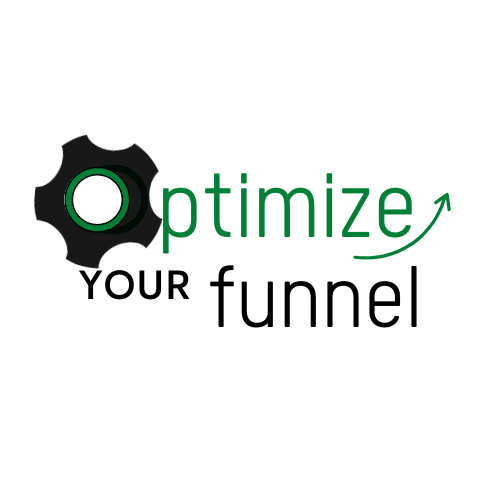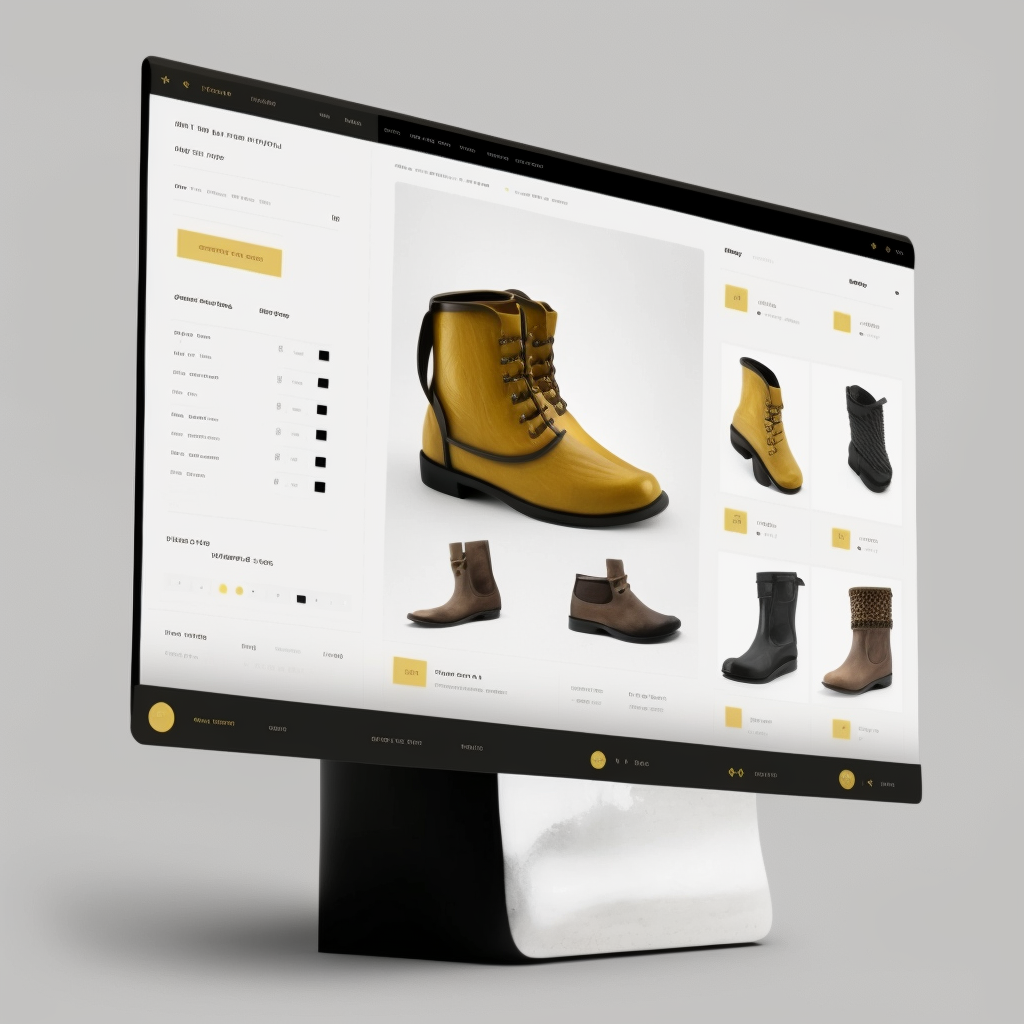In this post, I am going to share some powerful strategies to increase your ecomm store AOV’s, sales, and profits.
If you are struggling with poor or average profitability or need help improving your traffic quality, just go through this checklist, and implement what’s applicable to your store.
Over a period of time, you will see stronger metrics and a more robust business model.
This checklist applies to beginners, intermediates and established players alike…
So here goes….
========================
Optimal Checkout Page, Copy, and Design
Per the different marketing surveys out there, only 3 out of 10 people make it to the checkout to complete their purchase.
Which is why, your checkout page copy, and design must be dialed in to maximize your sales and profits.
When it comes to the checkout page, a lot of the principles that apply to your sales page apply to your checkout page too.
But, simply put, “Make the checkout page so simple that your 85-year-old grandma can use it”..
Use this Trio to Maximize Your Checkout Page
I like to use the trio of PROOF, CLARITY, and SAFETY to maximize the checkout page.
So, includes testimonials, celeb endorsements, # of customers, Amazon style reviews, and a “Featured On” media logos as PROOF.
Next, incorporate FAQ’s and Live Chat/Phone (if you sales channel permits) to enhance CLARITY.
And finally, add security and payment processor symbols near CC info to convey SAFETY.
I like to have the order form to the left, and the offer details to the right. However, I typically use this as a starting point, and then test our different variations.
Depending on the funnel and product, I sometimes also add a benefit driven headline to the checkout page.
This can especially help if you are sending your cart abandons straight to the checkout page using your email flows.
The purpose of a headline on the checkout page is to remind your lead of the big benefits of your product once again.
When it comes to building your cart abandon email flow, tackling the mechanics is easy.
But, what’s not easy is understanding the buyer psyche.
I will try to break it down for you.
Understanding The Buyer Psyche
Broadly speaking, there are two kinds of leads: the “low hanging fruits”, and “the tough nuts”.
The “low hanging fruits” are those who simply got distracted before hitting the “buy” button.
It could have been a phone call, social media, or a family member who distracted them from the purchase, resulting in an abandoned cart.
For these folks, a typical cart abandon email with minimal copy like, “You Forgot [Product Name] in your cart” may work.
However, I like to use longer copy in the next email to address the objections of the “tough nuts”.
Incorporating FAQ’s or a competitor comparison here is something that I have done time and again with much success.
A 2020 study by the American Marketing Association titled, “The Double-Edged Effects of E-Commerce Cart Retargeting: Does Retargeting Too Early Backfire?” argued that you are better off following up with your cart abandons after 1 to 3 days.
This is an interesting perspective but as I said a minute ago, I like to test out everything, and let the data determine my future course of action.
Cracking the Facebook Code
I also like to use dynamic Facebook ads to show the buyer their cart, and maybe even offer them a discount to sweeten the deal.
Talking of Facebook, the algorithm uses more than 10,000 different signals to determine the juicy stuff to be shown at the top of the feed.
Which means, if your ads are in this coveted bracket, you can reach the best leads, for less money.
On the flip side, if Facebook determines that your ad or product is sub-optimal, Facebook will show your ads to poor leads, for more money.


